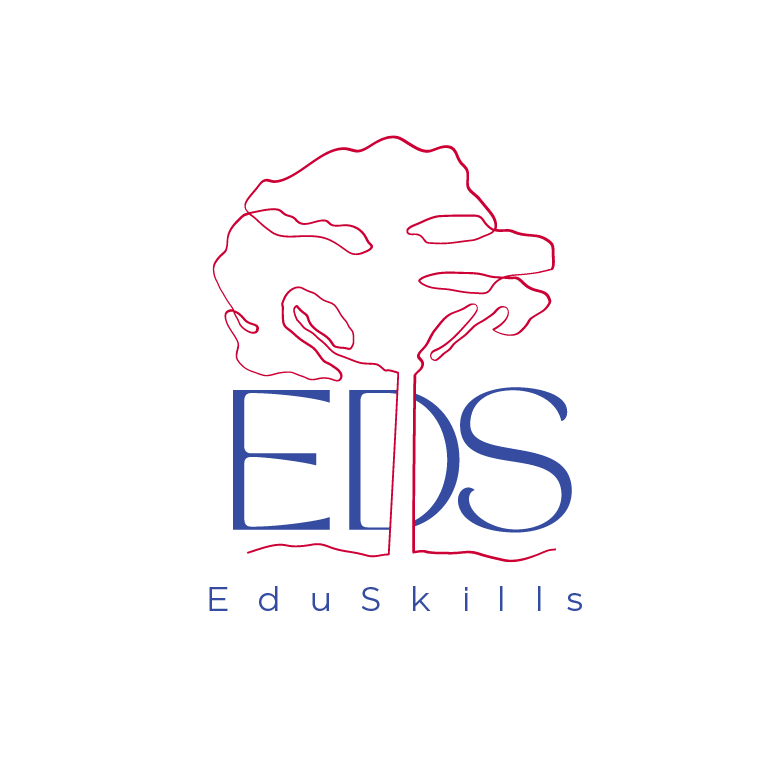Engaging Families & Guardians
Sarah Elia
Past President, New York State TESOL | English as a new language teacher, Saugerties High School
Research has consistently shown a correlation between student success and the amount of support that they receive at home. For multilingual English learners (ELs), this is especially true.
As educators, our role is to ensure the highest quality of support for our ELs. This, in part, requires a commitment to programs, resources, and staffing specifically tailored to connecting with guardians. The following can be considered as a guideline for your district.
Offer a comprehensive orientation at the start of the school year and as new students arrive throughout the year. This should be an introduction to your district, school, staff, resources, curriculum, and so on. It is integral that ELL staff is a part of this planning, and receive release time to do so. During orientation, inform guardians of their rights. Connecticut just came out with a document about this. Link here.
Ask guardians what language they would like to receive communication from the school. Ensure all staff who work with the EL are aware of this – for example, make a note in their online profile. Report cards should also be made available in the home language. Your school may not have access to a translator of all languages that represent your EL community, so tools like Google translate may suffice. In this case, indicate in writing that an electronic translator was used and acknowledge that there may be translation errors and welcome guardians to contact the school to clarify any potential misunderstanding. In addition, ensure guardians have technical skills to translate texts. If they are unaware, for example, model the many functions of google translate. This includes: how to scan, copy and paste, and long-press text for translation.
Create an inclusive physical environment and online presence. Line your entranceway with international flags for example. Put multilingual signage at the entrance ways and other areas of high visibility with the word “Welcome!”. Likewise, ensure your website has a visible, intuitive translation tool so it is accessible to a multilingual audience.
Send positive notes about student social-emotional and academic progress home in both English and the home language. This is especially reassuring for guardians of newcomers.
Research the home country and culture of your ELs. Learn about how people from their culture typically view education, what the education system looks like in their home country, and culturally influenced interpersonal behaviors and habits. This may be valuable when communicating with guardians and supporting ELs in the classroom.
It is important to note that a smaller percentage of English learners arrive in this country hosted by a guardian whose role is not much more than to be a name on a paper. In this case, there is no adult to engage with for the support of the child. This can be handled differently. I will share more about this next month.

